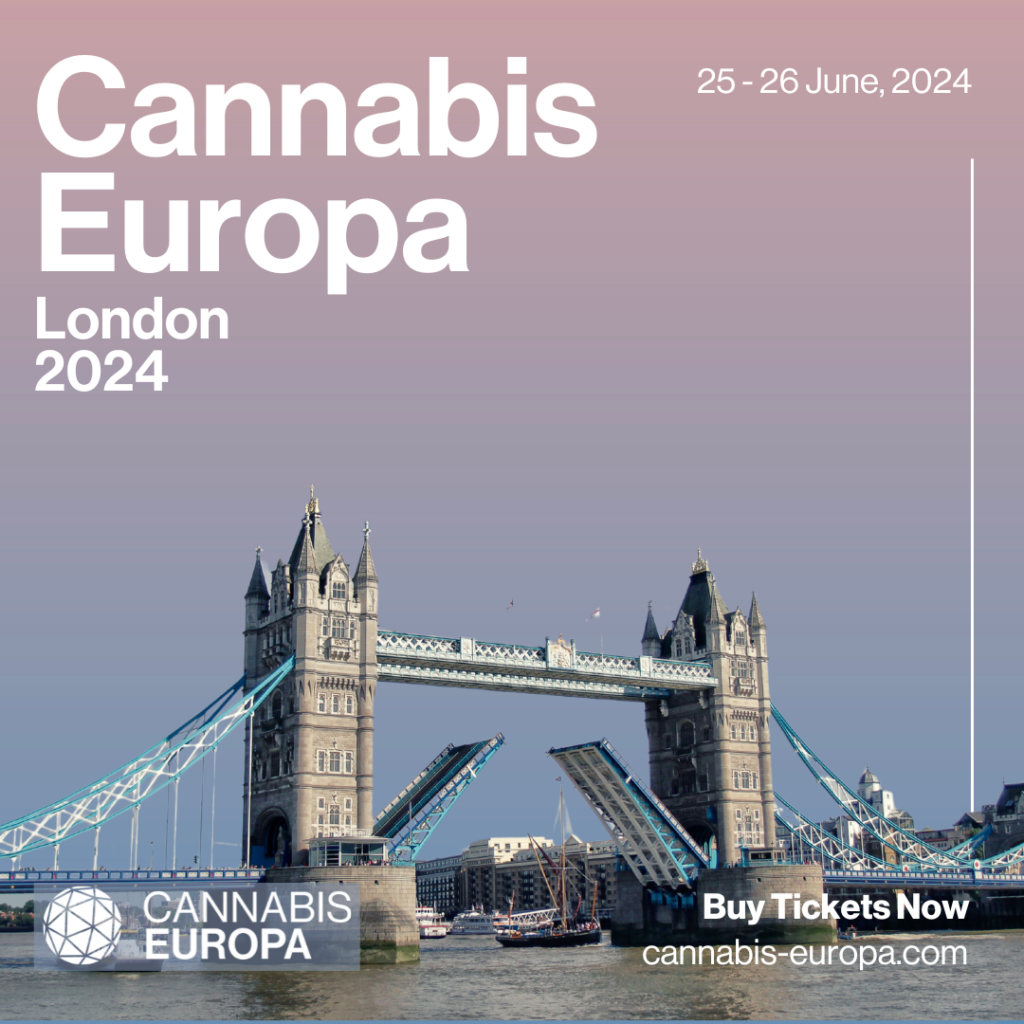A new industry report has found that more than half (53 per cent) of products containing CBD and CBG are mislabelled.
Leaf Report has found that only four out of 24 products, that were meant to contain both CBG and CBD, actually contained the advertised strength.
The researchers bought 38 CBG products before sending them to SC Labs for testing. The test results were then compared to the amount of CBG on the product label and description.
The products tested included tinctures, gummies, topicals, capsules and one edible product.
CBG results
The report found that 53 per cent of the products had the wrong amount of either CBG or CBD advertised. It stated the discrepancy in strength was between 10.4 per cent to 64.7 per cent.
The products were divided into four categories that determined the level of mislabelling from ‘grade A – excellent’ to ‘Grade F – fail.’ The excellent category meant that there was a 10 per cent discrepancy between the label and the actual amount of CBG while those in the decent category had a 20 per cent difference.
Those in the poor category had a discrepancy of 30 per cent while a fail meant products were 30 per cent or more.
Researchers labelled 48 per cent of the products as ‘excellent’ as eleven of those had more CBG than stated. In the ‘decent’ category, they found 10 of the products had less CBD than advertised with only 3 of the products showing more CBG.
In the ‘poor’ category, there were 4 products with more CBG and 1 with less. The fail category had 2 products with less.
Other findings
The report also found that of 24 products that advertised a particular amount of CBG and CBG, there were only seven that were accurate for CBG.
The researchers found that topicals were the least accurate category with products from leading brands performing better than those from smaller companies. They found that tinctures and capsules were the best performing category with the most accuracy.
The authors wrote: “Overall, our findings highlight the challenge of providing the right amount of not just one but two cannabinoids and suggest that CBG products have room to improve. Nonetheless, the study findings exceeded our expectations.
If you’re interested in it, go with tinctures, capsules, or gummies made by reputable brands that list how much CBG (and potentially CBD) is present and check the third-party test results to make sure they match.”
What is CBG?
Cannabigerol is a cannabinoid found in cannabis. It is often referred to as ‘the mother of all cannabinoids’ because it is the precursor to CBD. Other cannabinoids are derived from cannabigerolic acid (CBGA), an acidic form of CBG.
There is very little cannabigerol in plants often as low as one per cent so it makes it more expensive than CBD products. It tends to be made from younger plants which contain a higher percentage. THC and CBD both begin life as CBGA before maturing and THC goes on to become CBN in older plants.
























